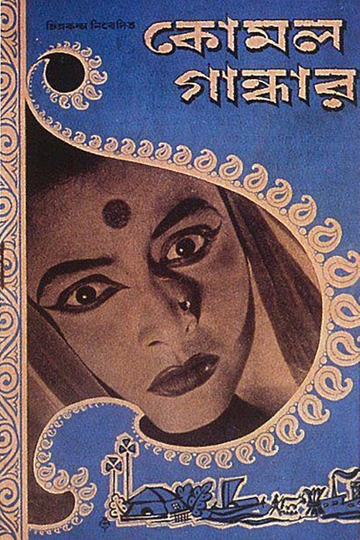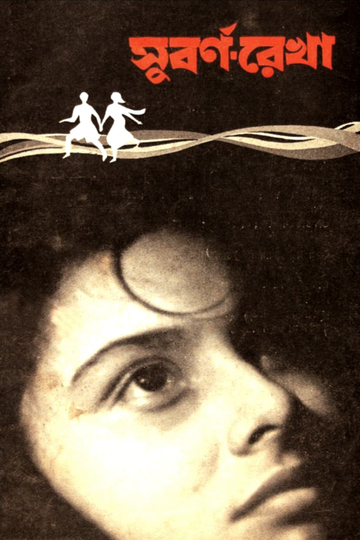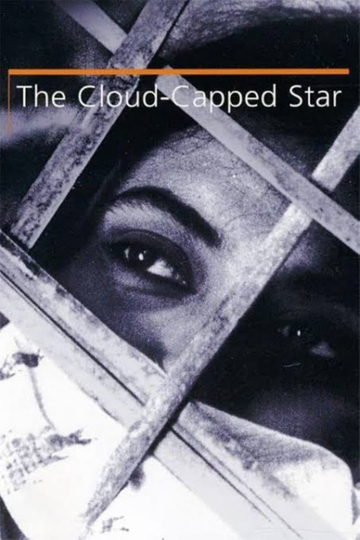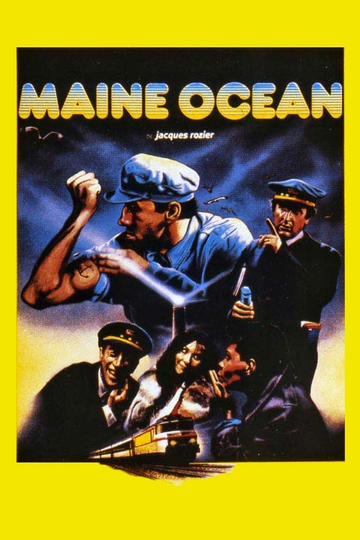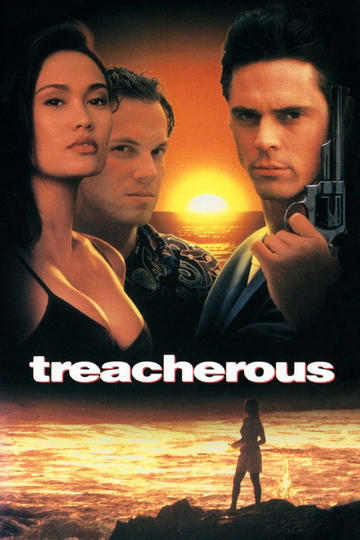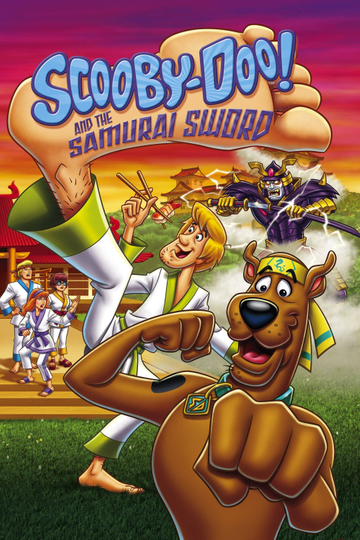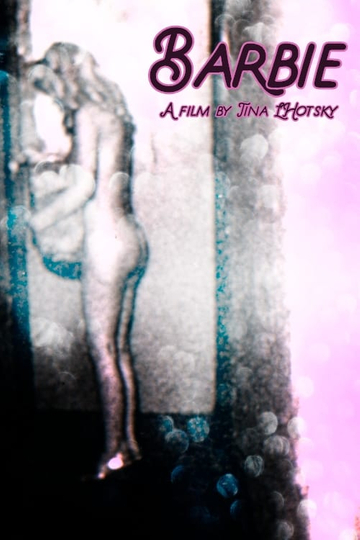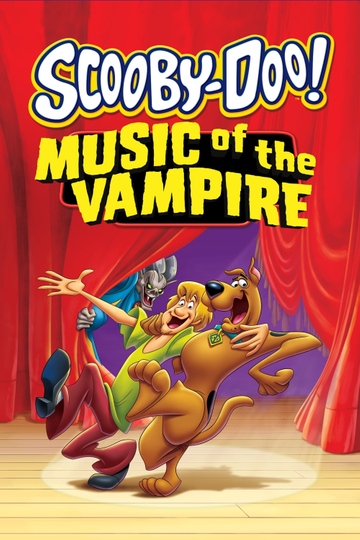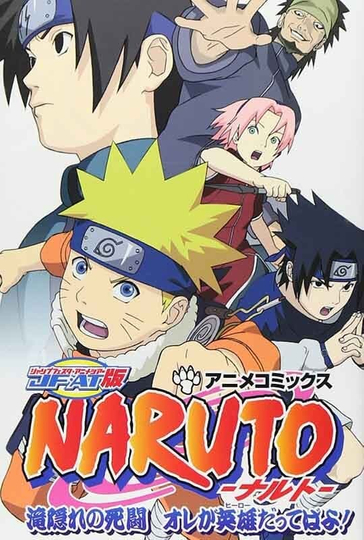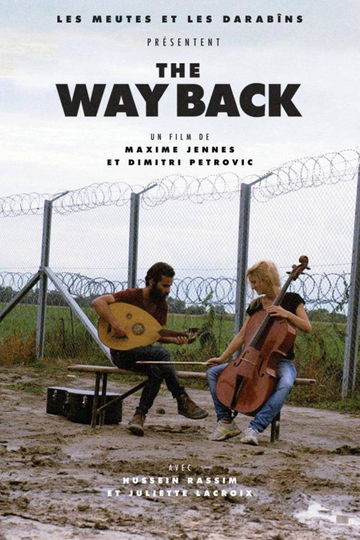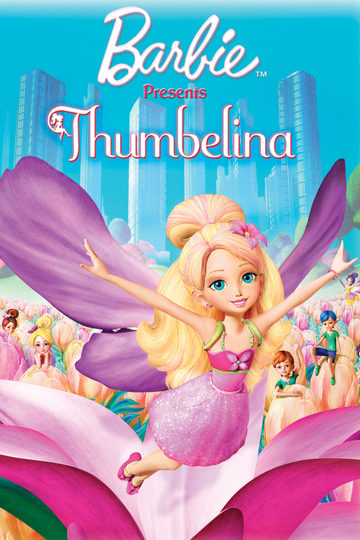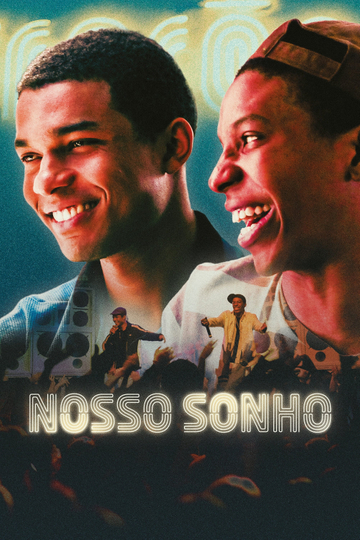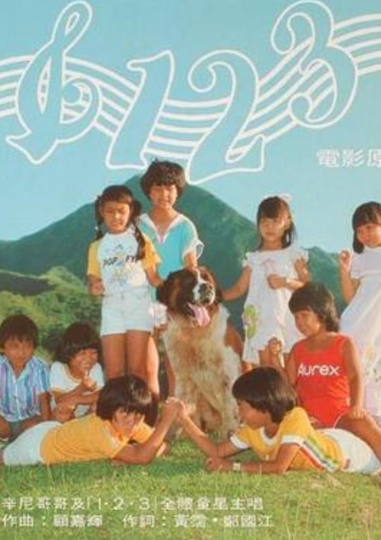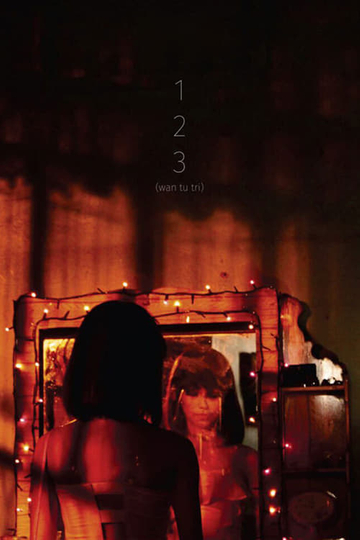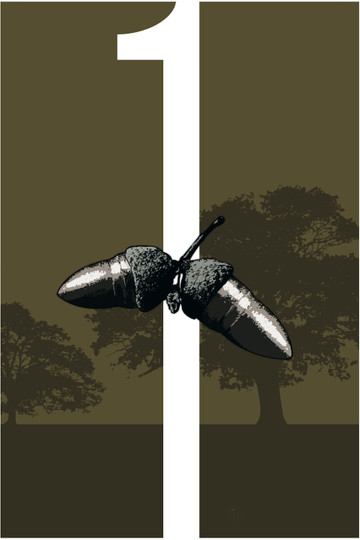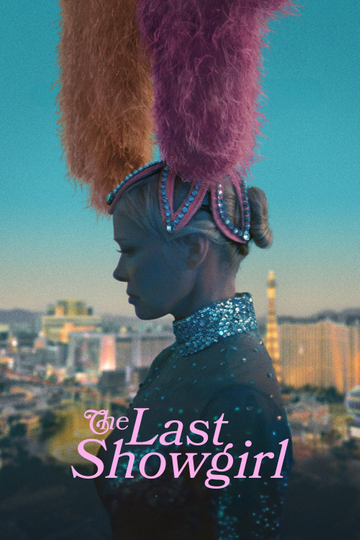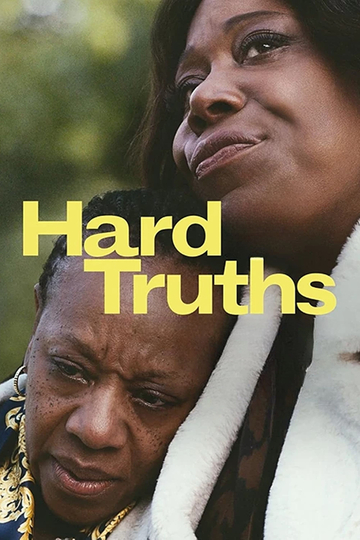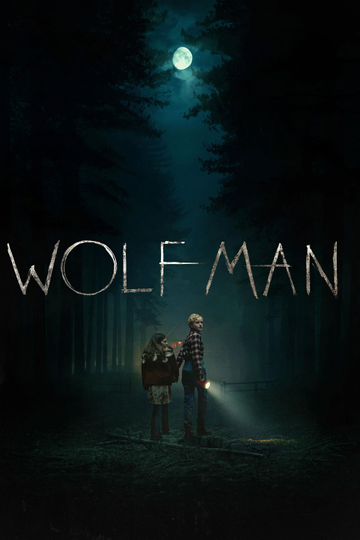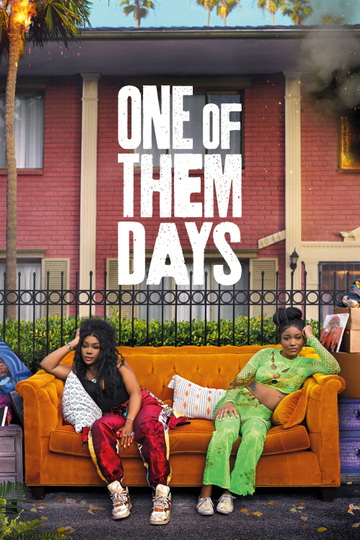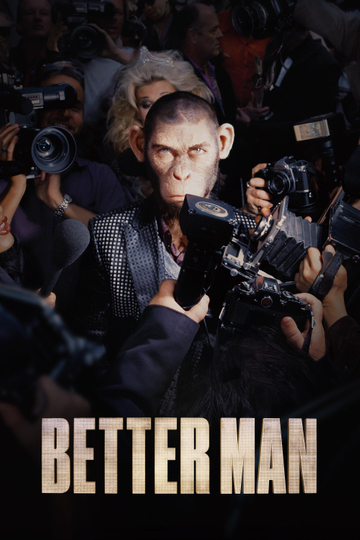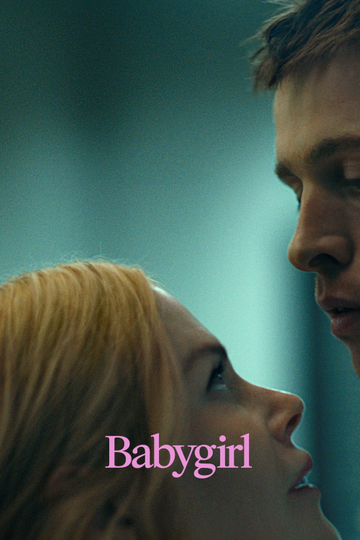Fancy watching 'Komal Gandhar' in the comfort of your own home? Hunting down a streaming service to buy, rent, download, or watch the Ritwik Ghatak-directed movie via subscription can be a challenge, so we here at Moviefone want to do right by you.
We've listed a number of streaming and cable services - including rental, purchase, and subscription options - along with the availability of 'Komal Gandhar' on each platform when they are available. Now, before we get into the various whats and wheres of how you can watch 'Komal Gandhar' right now, here are some specifics about the Chitrakalpa music flick.
Released , 'Komal Gandhar' stars Supriya Choudhury, Abanish Banerjee, Anil Chatterjee, Satindra Bhattacharya The movie has a runtime of about 2 hr 4 min, and received a user score of 57 (out of 100) on TMDb, which collated reviews from 6 well-known users.
Interested in knowing what the movie's about? Here's the plot: "Through the microcosmic perspectivising of a group of devoted and uncompromising IPTA workers, Ghatak with his signature style touches on varied issues of partition, idealism, corruption, the interdependence of art and life, the scope of art, and class-struggle."
'Komal Gandhar' is currently available to rent, purchase, or stream via subscription on Hoichoi .
Partition Trilogy
Ritwik Ghatak was averse to the term “refugee problem”. In one of his interviews, he said, “I have tackled the refugee problem, as you have used the term, not as a ‘refugee’ problem. To me it was the division of a culture, and I was shocked”. This shock would give birth to a trilogy on the Partition – Meghe Dhaka Tara (The Cloud-Capped Star), 1960; Komal Gandhar (E-Flat), 1961; and Subarnarekha (The Golden Thread), 1962. In them, he highlighted the insecurity and anxiety engendered by the homelessness of the refugees of Bengal; tried to convey how Partition struck at the roots of Bengali culture; and sought to express the nostalgia and yearning that many Bengalis felt for their pre-Partition way of life.
Similar Movies
Movie and TV Reviews
‘Severance’ Season 2 Continues its Compelling, Brain Twisting Portrait of a Strange Corporate Netherworld....
Pamela Anderson is affecting to watch in slight ‘The Last Showgirl’. While Pamela Anderson gives...
‘Hard Truths’ has Director Mike Leigh Reunited with Actor Marianne Jean-Baptiste for a Caustic, Funny...
‘Wolf Man’ Starts Out with a Ferocious Bite and Ends with a Whimper. Director Leigh Whannell creates...
‘One of Them Days’ is an Entertaining Tale of Friends Who Must Scramble to Find the Rent. The raucous...
'Den of Thieves 2: Pantera' Is Good but Lacks What Made the Original Great. While a solid heist movie,...
‘Better Man’ Tells the Story of Pop Singer Robbie Williams in Unique Fashion. Michael Gracey’s...
Nicole Kidman blows up her safe space in erotic, provocative ‘Babygirl’. Nicole Kidman’s fearless...
‘What If…?’ Season 3 Closes Out the MCU’s Multiverse Series in Entertaining Style. Jeffrey Wright’s...










